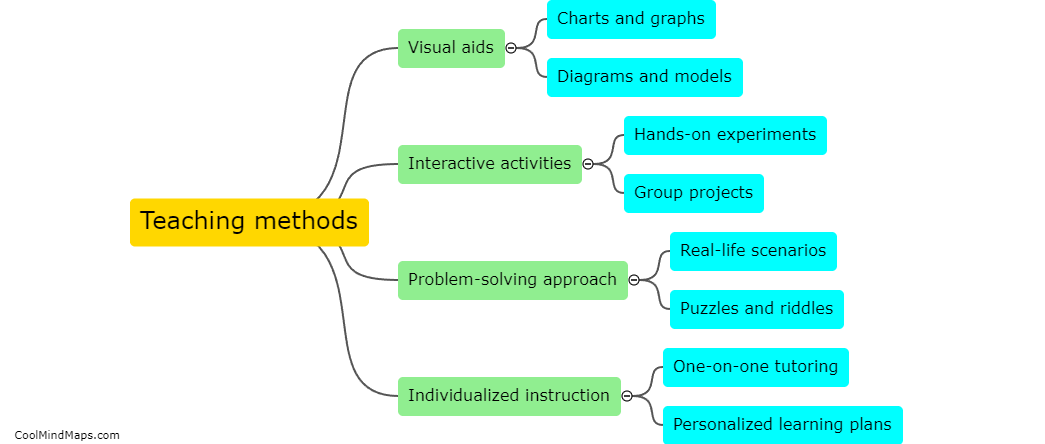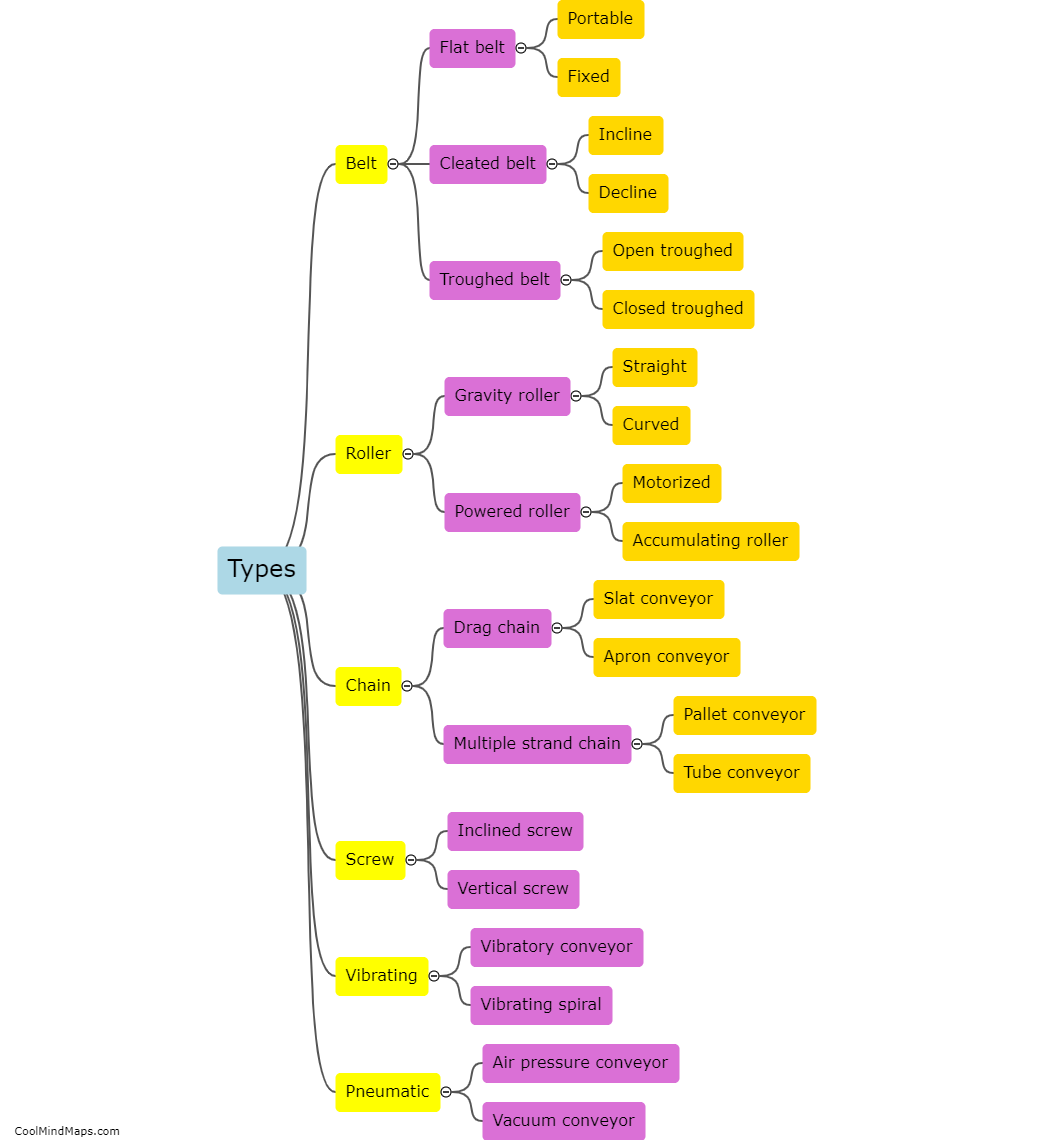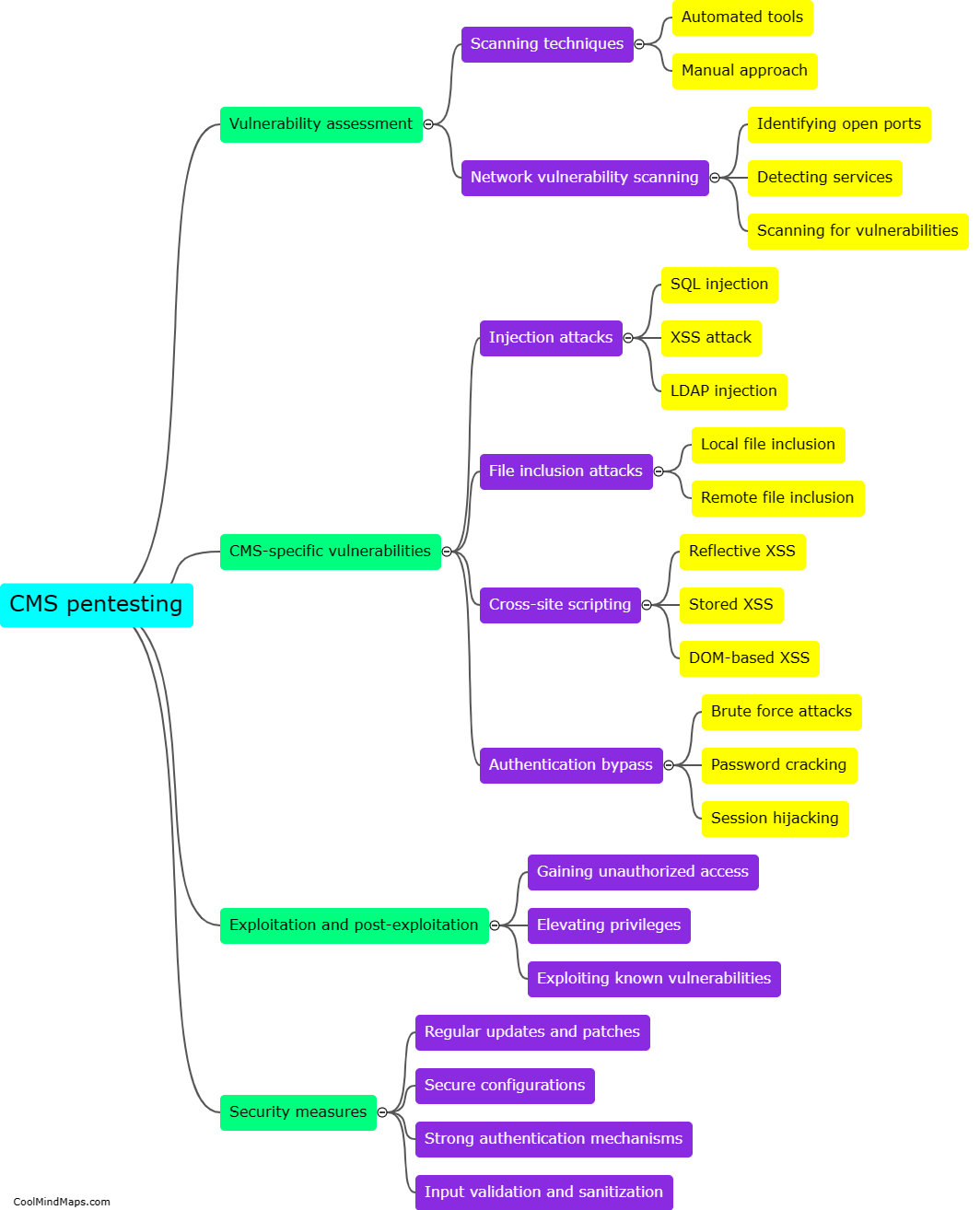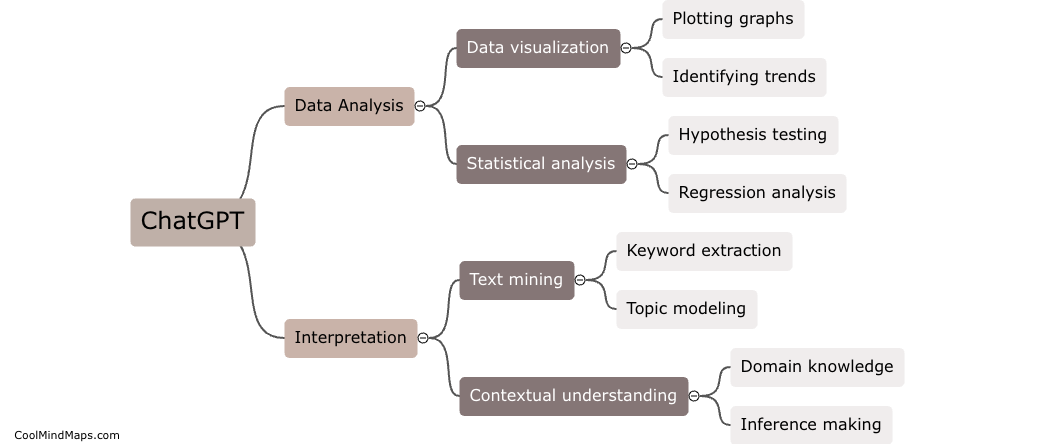What are the key elements of a well-written scientific journal article?
A well-written scientific journal article encompasses several key elements that make it effective in conveying research findings. First and foremost, a clear and concise title is essential to capture the essence of the study. The article should have an abstract that summarizes the purpose, methods, key findings, and implications in a concise paragraph. A comprehensive introduction provides the necessary background knowledge and context for the study, followed by a clear statement of the research question or hypothesis. The methodology section should be detailed enough to allow replication of the study and effectively answer the research question. Results should be presented objectively, using appropriate statistical analyses and visuals. A well-structured discussion interprets and contextualizes the findings in relation to existing literature, highlighting the implications and potential further research. Lastly, a conclusion briefly summarizes the main findings and their significance. Overall, a well-written scientific journal article follows a logical flow, provides clear and concise information with appropriate citations, and effectively communicates the research process and findings to the intended audience.

This mind map was published on 16 January 2024 and has been viewed 95 times.











